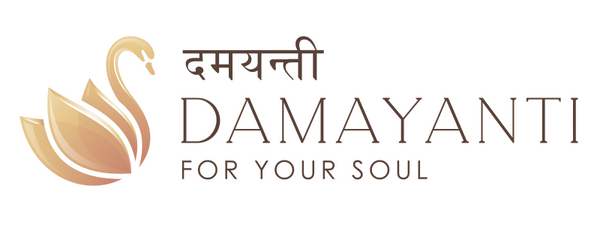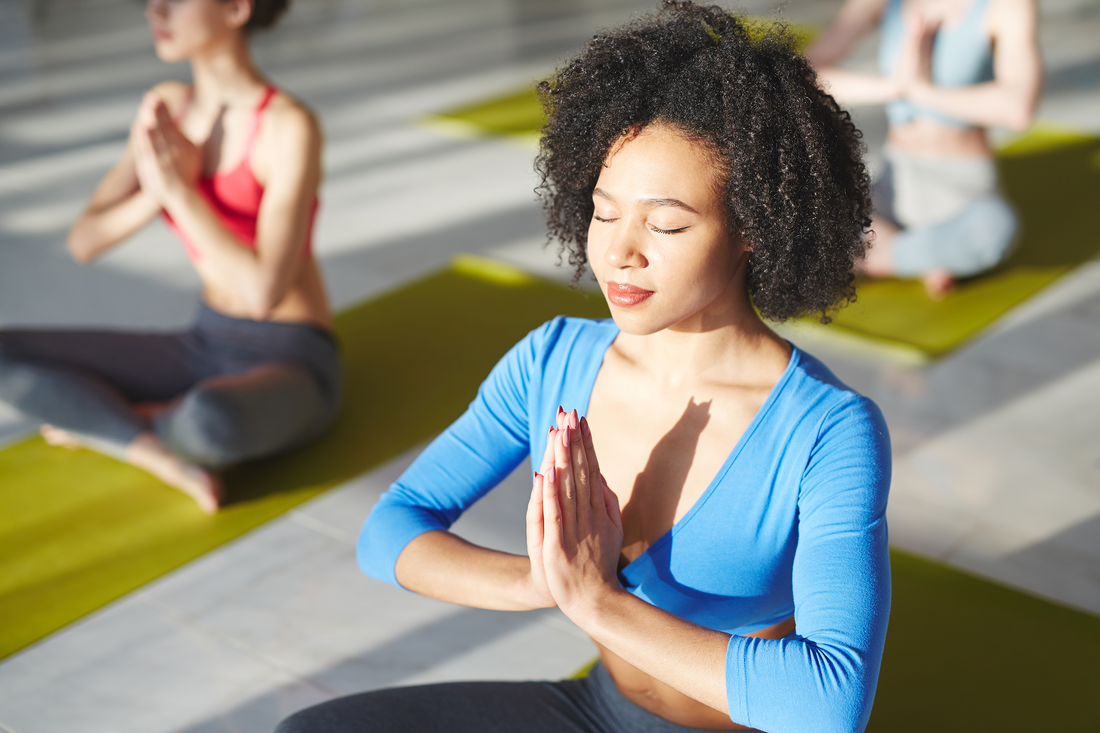I get a lot of questions from people, often young people, who have become interested in the world of spirit. They want to know how ancient teachings can be applied in the twenty-first century. Often they have read my book Conscious Confidence: Use the Wisdom of Sanskrit to Find Clarity and Success, or other similar books. Perhaps they have encountered spiritual ideas elsewhere. They want clarity and guidance to keep them focused on the journey to greater wakefulness, awareness and consciousness.
I thought it would be a good idea to set out some of these questions and answers for a more general audience.
What does ‘spiritual’ mean, and what is ‘spirituality’?
All of us live in a physical world. We have a physical body, which walks around on a physical earth, which breathes air, sees trees, and hears sounds. We eat physical food to keep the body functioning.
There are many people who think that the physical world is the only world, the only ground of existence. Any apparently non-physical things, like thoughts and feelings, are believed to be the result of physical interactions in our bodies: bio-electrical impulses in our brains, glandular secretions, neurological phenomena.
The alternative view is that we can access another level of existence that is non-physical. We call this the spiritual world. This is a realm of higher consciousness. It is meta-physical – literally, beyond the physical world. As it is non-physical, it can only be accessed and understood by non-physical means. The spiritual world exists here and now. It is accessible by practical methods such as meditation, prayer and mindfulness. One key to accessing the world of spirit, of higher consciousness, is coming into the present moment, often referred to as the Now.
Those who practise these methods, and who gain access to the spiritual world, report a growing awareness of themselves and their inner workings, as well as a greater connectedness to the world around them. They have more self-control, more control of their thoughts, their feelings, and their speech. They speak of greater freedom from limiting habits, and a growing ability to act in a positive and constructive way. To put it another way, they grow in strength and virtue.
For those who sense that there is a bigger world in which to move and live, some advice is very helpful. Hence my book, and many, many other books. Countless teachers, and gurus and wise men and women through the ages have devoted time and energy and love to laying down guidance on the way to access the world of spirit. The only thing someone desirous of freedom and higher awareness needs to do, is to follow their advice.
What is the difference between mindfulness and meditation?
The short answer is mindfulness is oriented outwards, and meditation is inward. There is a lot of overlap however, as both involve expanded consciousness, a still mind and inner peace.
To take mindfulness first, this is a practice where we fall inwardly still and connect with the present moment, often through our bodily senses - touch, sight, hearing and so on. This is because the body is always fixed in the Now. It is a very useful anchor point. The mind often wanders, and the feelings can shift and change. This takes us away from a focus on the present reality. However, connection to the physical body brings us into the present moment.
So, we make the effort to still the mind and allow the feelings to find equilibrium, then we connect with our body and our physical senses. A very effective practice is to start with touch – feeling the weight of the body, the clothes on the skin, the air on the face and hands – and then move to smell and taste, sight and hearing. The daily repetition of this exercise, ideally two or three times a day, strengthens our control of the chatterbox mind, and deepens our access to inner stillness.
The next step is to apply this increased ability to focus of our attention. We do this by staying present to whatever we are doing, and to give our attention to it. This focused attention to our various activities, is also a very powerful exercise.
We focus our attention on whatever is before us – a conversation, a project, even cleaning our teeth. At the same time, knowledge, insight and inspiration can flow back to us. This knowledge and insight is what we miss when we perform activities mechanically, in a kind of waking-sleep. In waking-sleep we are half aware. We perform actions, often quite skilfully, when our thoughts and our feelings are elsewhere. Mindfulness is simply the practice of aligning thought, feeling and action, and giving our full attention to the present moment.
Meditation has the same ultimate goal as mindfulness - the attainment of a state of heightened consciousness. Meditation however, involves an inward journey. We start the same way as with mindfulness, by allowing the mind and heart to fall still. Then we begin to meditate.
I was initiated into a system of mantra meditation when I was very young. This is the method that I still use. It involves the gentle repetition of a single syllable mantra. I follow the mantra by focusing my attention on it. This is similar to mindfulness, except now the focus is on a repeated sound in the mind and heart, instead of events taking place in the external world.
I meditate for half an hour every morning and every evening. The mantra generally moves into a deeper part of the being. One way of describing meditation, is that it’s like falling into a deep restful joyful sleep while remaining wide awake.
Of course, all meditators will report that the mind can still throw up distractions, and feelings can also whisk you away. Part of the system, therefore, when you realise you’ve been taken away, is to gently return to the mantra.
There are many methods of meditation, such focusing on the breathing, visualisation, resting in a sense of pure being. All of them have a few common features. First, they use some technique or method. Second, they transcend the mind and physical reality, and cross over into a world of consciousness and spirit. Hence the term, transcendental meditation. And thirdly, all meditation methods aim to achieve a state of deep rest, inner peace and ultimately, union with limitless consciousness.
There are a lot of benefits to meditation. Some of these benefits are increased energy, consciousness and enthusiasm. I wrote about these benefits and others in an earlier blog post, so have a look at that for more detailed information.
Why Sanskrit?
I get asked this a lot. There are a number of ways in which Sanskrit is a doorway to a magic land of spirit, beauty, wisdom and freedom. That doorway lies in the unique way Sanskrit elucidates the meaning of words. I have covered this in previous blog post, so I won’t go into all the details again here.
I’ll just give a brief example. If you look up the Sanskrit word for ‘happiness’ – ānanda – you’ll find all the usual synonyms: gladness, delight, joy, ecstasy and so on. The extra dimension that Sanskrit adds, tells you how to discover the experience of ānanda. This happens by engaging in samriddhi, which means abundance, great prosperity or success, growth, increase, thriving, welfare, fortune, perfection, excellence. So, in the act of achieving great success, abundance, growth and excellence, you will have a lived experience of happiness. This success, prosperity and abundance can, of course, take any form – physical, mental, emotional or spiritual.
Sanskrit has a complete system for guiding us to the experience of what words do. This goes beyond the mere dictionary meaning of the words.
I would however, like to look at another aspect of Sanskrit. I have a love of the language and I studied it under great teachers. I therefore notice when I see Sanskrit. And I see and hear it in lots of places – cafes, on YouTube, in films.
The Beatles sang jai guru deva – a tribute to their guru – in the song ‘Across the Universe’. The Gāyatrī Mantra, a beautiful ancient Sanskrit prayer, was used as the theme song to the TV series Battlestar Galactica.
My husband and I were in Kansas City, Missouri and a young woman serving us tea had a verse of the Bhagavad Gītā tattooed on her arm. In a café in Sydney, we struck up a conversation with a couple at the next table, and we noticed she had Sanskrit tattooed on her wrist. Jessica Alba, David Beckham and a host of other celebrities also have Sanskrit tattoos.
I was having lunch one day and I noticed another young woman at a nearby table had a Sanskrit word tattooed on the back of her neck. The word santulana – ‘balance’. When I asked her about it, she said it was a concept she needed at the time. She didn’t know how to pronounce the Sanskrit word but loved the shape of the script संतुलन.
This is a common response. A beautiful idea, written in beautiful script, worn on the body as a constant reminder.
This is the main reason we started damayanti.store which makes wearable mantras in sacred Sanskrit available to anyone who wants a beautiful reminder to wear throughout the day.

